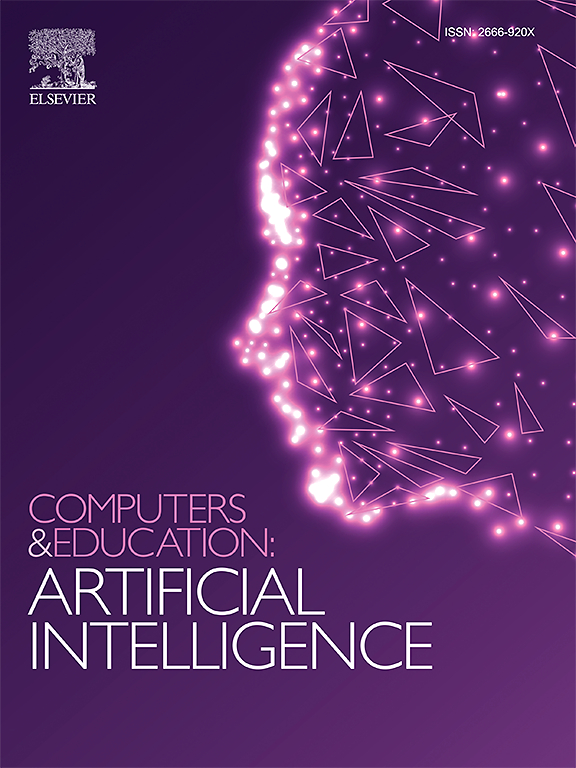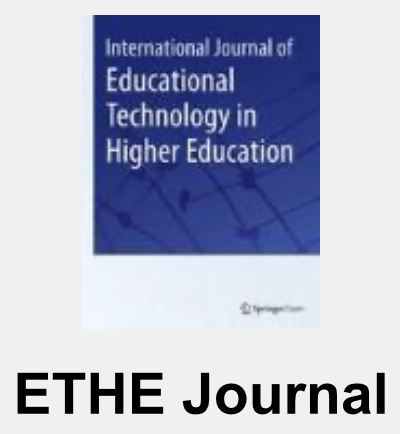New Article! “Understanding AI Adoption Among Secondary Education Teachers: A PLS-SEM Approach” with Nati Cabrera and Marcelo Maina
A new article has been published with the contribution of Nati Cabrera and Marcelo Maina on how Artificial Intelligence (AI) is being integrated in the case of secondary education teachers. The metholody implemented in this research is Partial Least Squares Structural Equation Modelling (PLS-SEM). This article focuses on the factors that influence in the adoption of AI among the secondary school teachers in the context of Catalonia.
The study titled “Understanding AI Adoption Among Secondary Education Teachers: A PLS-SEM Approach” highlights that gaining specific expertise in using AI for content creation, alongside broader competence in data usage, is vital for encouraging AI adoption among secondary school teachers in Catalonia. Moreover, this research provides evidence for the academic community that key Data Literacy skills are critical drivers of AI adoption. The authors of the article are Marta López Costa (Universitat Oberta de Catalunya), Belén Donate Beby (Universitat Ramón Llull), Nati Cabrera Lanzo and Marcelo Fabián Maina (Edul@b Research Group, Universitat Oberta de Catalunya).
Below, you will find a description of “Understanding AI Adoption Among Secondary Education Teachers: A PLS-SEM Approach” and a link to the full article, which is part of the new volume of Computers and Education: Artificial Intelligence (Elsevier).
Description
This study investigates the factors influencing the adoption of Artificial Intelligence (AI) by secondary school teachers in Catalonia. Using a Partial Least Squares Structural Equation Modelling (PLS-SEM) methodology, a conceptual model was analyzed that includes AI perception, AI knowledge, General data use, Applied data use, and STEM training as predictors of AI adoption. The results reveal that AI knowledge (β = .482, p < .001) and General data use (β = .288, p = .001) are the most significant and positive predictors of AI adoption. In contrast, AI perception shows a weak but statistically significant negative relationship (β = -.105, p = .022), while applied data use and STEM training do not present a significant direct effect. The model explains 30.5 % of the variance in AI adoption. These findings suggest that developing specific knowledge on how to use AI for content creation and competence in general data use is crucial to fostering AI adoption among secondary school teachers in the Catalan context. In addition, this explorative work provides the research community with evidence that key Data Literacy competencies significantly shape AI adoption.
How To Cite This Article
Costa, M. L., Beby, B. D., Lanzo, N. C., & Maina, M. F. (2025). Understanding AI Adoption Among Secondary Education Teachers: A PLS-SEM Approach. Computers and Education: Artificial Intelligence, 100416. https://doi.org/10.1016/j.caeai.2025.100416






